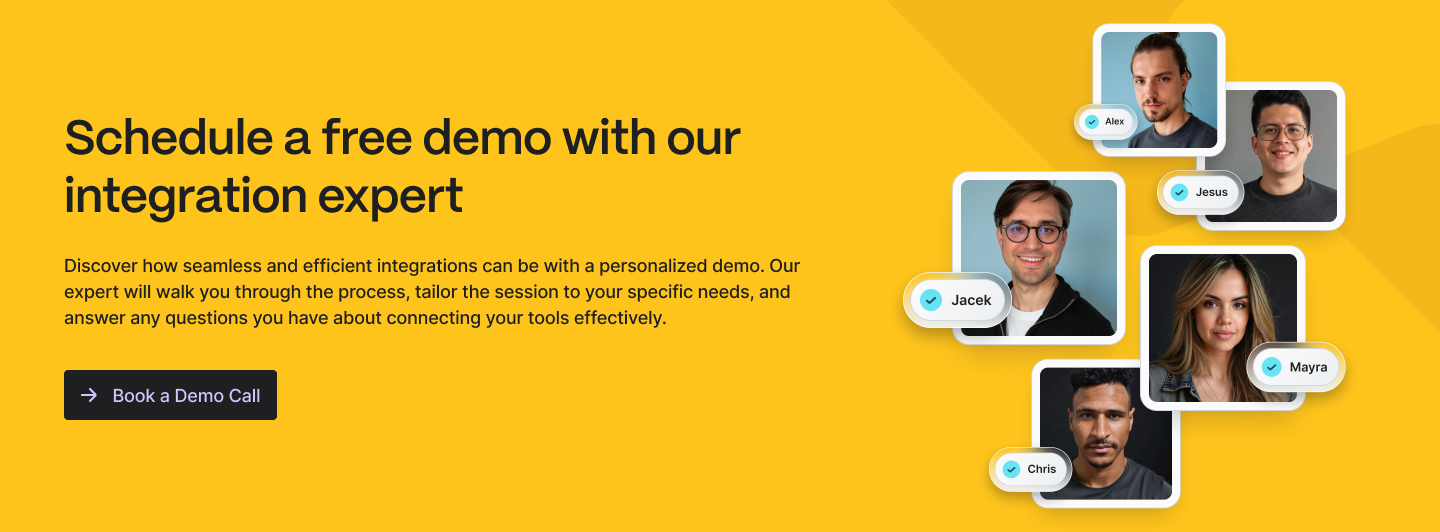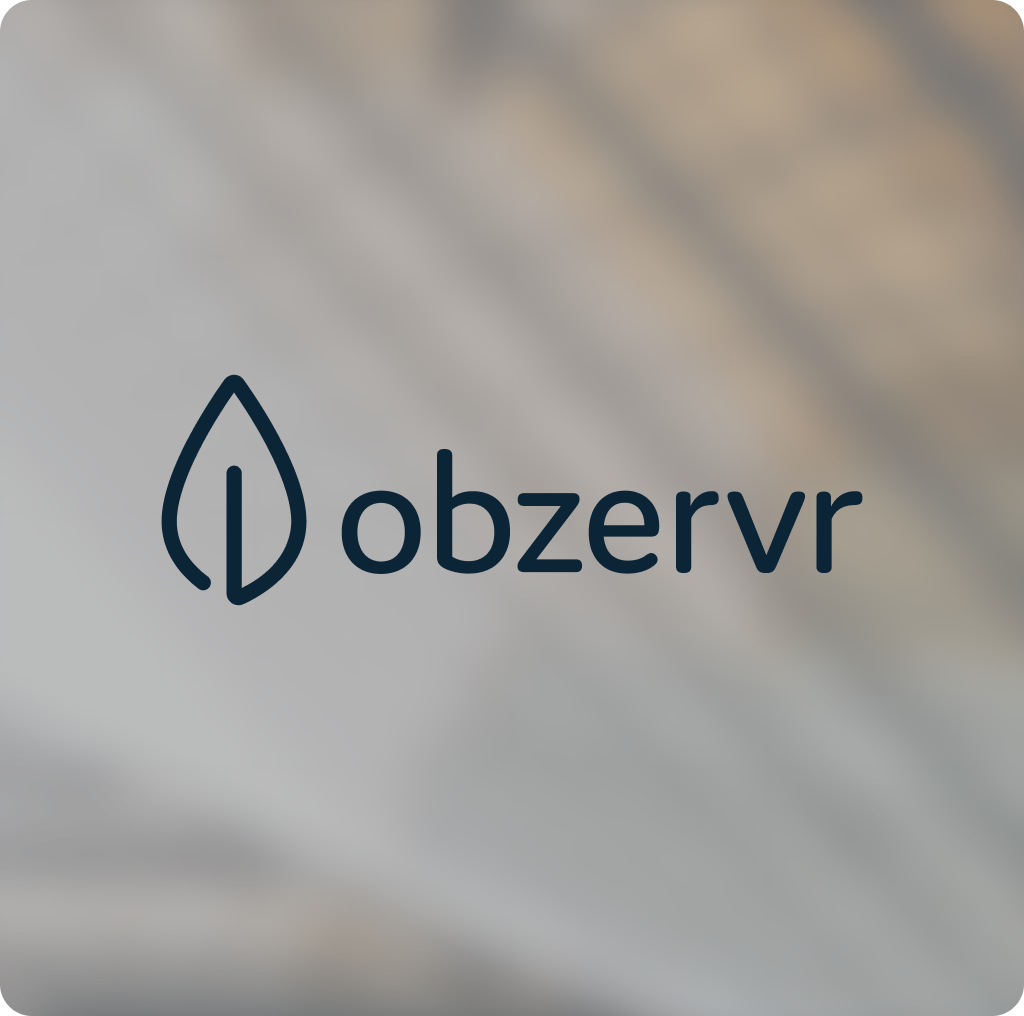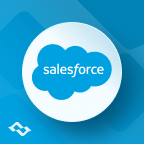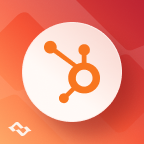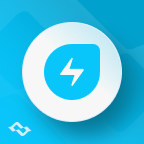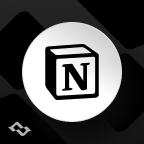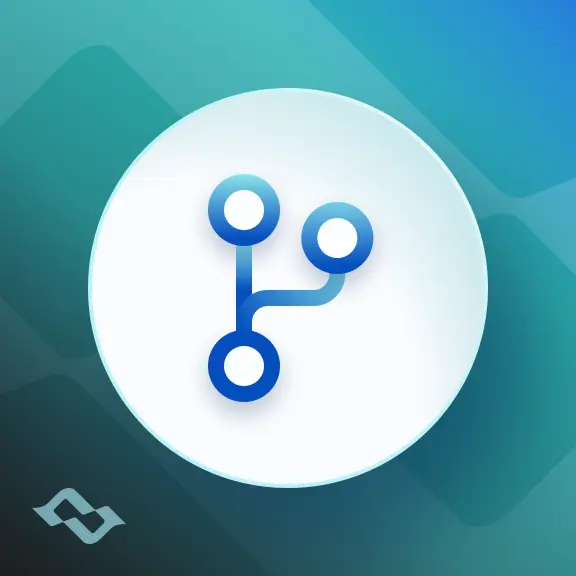You’re not alone if you’ve ever paused using the tool wondering, “Wait, how will the “projects " be called in a while? And why did ‘issues’ suddenly become... work items?”
That’s exactly why we put together this guide. Whether you’re documenting processes, creating community posts, or onboarding new teammates, understanding Atlassian’s key terms (and their logos) helps you communicate clearly.
In here, you’ll find everything you need to know regarding up-to-date Atlassian terminology: the essential jargon used across Atlassian apps like Jira, Confluence, Bitbucket, and others, plus the latest naming updates rolling out through 2025. No fluff, just straightforward explanations and tips to keep your content fresh, accessible, and aligned with Atlassian’s evolving brand.
Why Clarifying Atlassian Terminology Matters
Atlassian’s suite is powerful but its strength comes with a challenge: different teams use it in different ways, and sometimes the words don’t translate perfectly.
For example, “issue” makes total sense to developers, but can sound a bit negative or technical to someone in HR or marketing.
By using terms everyone understands, you make the tools less intimidating and easier to adopt. Plus, clear, consistent language means less back-and-forth explaining what you mean - saving time and reducing confusion.
And when your content reflects Atlassian’s official updates, you’re not just keeping up - you’re helping your community stay ahead too.
Clear and consistent terminology:
- Improves user onboarding and adoption
- Enhances team collaboration across departments
- Creates professional and SEO-friendly community content
- Helps future-proof documentation and integrations
Recent Terminology Changes in Atlassian Tools
Let’s start by saying that Atlassian has updated several core terms within its all Cloud products (including Jira Service Management and Jira Product Discovery). The goal was to better reflect the evolving needs of diverse teams and promote inclusivity, simplicity, and cohesion across the ecosystem. While the underlying functionality remains consistent, these updates emphasize a language that resonates with business and non-technical users, aligning terminology across apps like Jira, Confluence, Bitbucket.
Understanding these changes is crucial for content creators, admins, community managers, and partners to maintain accuracy and clarity in documentation, training materials, and customer communications.
1. From “Issue” to “Work Item”
The term issue, historically used in Jira and related apps, often implied a problem or defect. This perception sometimes confused business users or teams outside software development.
Atlassian now prefers work item to describe any task tracked through the system, whether it’s a feature request, bug fix, support request, or general task. This terminology feels more neutral and inclusive.
Where you’ll see this change:
- User interfaces: buttons, filters, labels
- Onboarding guides for new users
- Notifications alerting users to task updates
- Documentation and training materials
Where “issue” remains for technical compatibility:
- Jira Query Language (JQL): issue = ABC-123
- API payloads and endpoints
- Existing filters and automation rules that reference “issues”
This transition started rolling out in March 2025 for Free and Standard plans.
2. From “Project” to “Space”
Jira Cloud is shifting the term “project” to space. This aligns Jira with Confluence and other Atlassian apps that already use “space” to describe shared work environments.
Spaces enable continuous workstreams suitable for agile squads, business teams, or ongoing initiatives without the implication of a fixed or temporary scope tied to the word “project.”
An impact of this change:
- Only a naming update, no changes to permissions, workflows, project keys, or integrations.
- Rollout begins in October 2025 for select cloud instances and will expand over time.
3. From “Product” to “App”
Atlassian’s suite consists of multiple modular offerings designed to work together. Calling them apps (rather than “products”) reinforces the idea of a plug-and-play ecosystem where tools can be added, connected, or swapped.
You’ll find the word “app” used in:
- Admin consoles and user onboarding
- Atlassian Marketplace listings
- Marketing materials and documentation
Understanding Jira Work Types and Hierarchy
In Jira, work is organized using a defined set of work types that help teams categorize, prioritize, and manage tasks effectively. These work types follow a hierarchical structure that supports agile methodologies by breaking down large goals into manageable pieces.
Jira work hierarchy:
- Initiative (Premium & Enterprise only)
Represents a high-level organizational objective or program.
Example: Improve user engagement across all mobile platforms.
- Epic (Purple thunderbolt icon)
A large body of work that groups related tasks, stories, or bugs.
Example: Redesign the mobile onboarding experience.
- Story (Green bookmark icon)
A user-focused requirement, often expressed in a user story format.
Example: As a new user, I want to sign up with Google so I can onboard quickly.
- Task (Light blue checkmark icon)
A general piece of work that needs to be done. Tasks can serve as catch-alls when work doesn't neatly fit into other categories.
Example: Set up Firebase analytics tracking for the onboarding flow.
- Bug (Red circle icon)
A problem or defect that needs to be fixed.
Example: Login button is unresponsive on iOS 17.
- Sub-task (Blue interconnected squares icon)
A smaller, granular item that breaks down a story, task, or bug.
Example: Implement UI layout for the welcome screen.
Boards, Backlogs, and Sprints Explained
Key to managing agile workflows in Jira are:
- Board - a visual workspace (Kanban or Scrum) showing work items’ status.
- Backlog - an ordered list of work items awaiting scheduling or prioritization.
- Sprint - a fixed time box (usually 1-4 weeks) during which planned work items are completed.
These concepts remain stable but Atlassian encourages using terms like “Sprint work” and “Board view of work” for clarity.
Roles and User Types in Atlassian Tools
Always remember that different users have varying levels of access and responsibility:
- Site Admin - oversees the entire Atlassian site, including user management, billing, and security.
- Space Admin (formerly Project Lead) - manages settings for a specific space, including permissions and workflows.
- Contributor - a team member assigned tasks or work items.
- Watcher - someone monitoring updates on specific work items or spaces.
Understanding roles helps clarify permissions in documentation and onboarding.
Workflows and the Work Lifecycle
- Workflow - defines the states work items move through (for example, To Do → In Progress → Done).
- Transition - the action that moves a work item between statuses.
Atlassian refers to this process now as the work lifecycle, reinforcing the idea of a continuous flow rather than fixed “issues.”
Pipelines: Continuous Integration and Deployment
If you’re handling code, pipelines are your best friend. These are automated workflows that streamline the process of building, testing, and deploying code. In tools like Bitbucket Pipelines and Bamboo, pipelines play a central role in DevOps practices, enabling faster, more reliable software delivery.
A typical pipeline might:
- Automatically run unit tests every time code is committed
- Build the application and validate functionality
- Deploy the changes to staging or production environments
By integrating directly with tools like Jira, pipelines can be linked to specific work items (such as stories, bugs, or tasks), providing real-time visibility into the development lifecycle. This creates a seamless connection between code and tracked work, ensuring that every deployment is traceable back to a business requirement or user story.
Pipelines matter because they:
- Accelerate delivery through automation and early feedback
- Increase quality by catching issues during development
- Improve collaboration by connecting code changes to Jira work items
- Support continuous improvement with repeatable, reliable workflows
Atlassian Logos: Visual Identity and Usage Guidelines
Visual branding is vital for user recognition, trust, and consistency across documentation and content. Whether you're navigating between Jira and Confluence or integrating third-party apps, logos act as visual signposts.
Below, we gathered official Atlassian logos and their core meanings.
Atlassian

- What it represents: Collaboration, progress, and teams reaching their peak
- Where it appears:
- Top-left corner of Atlassian Cloud
- App switcher
- Atlassian.com homepage
- Admin navigation panels
Use this logo when referring to the company as a whole or its ecosystem of apps.
Jira
- Jira Software

- Jira Service Management

- Jira Work Management

Where you’ll see them:
- Jira dashboards and boards
- App switchers and mobile menus
- Issue/work item headers
Tip: When referencing multiple Jira variants, include the logo only for the relevant tool to avoid confusion.
Confluence

- Meaning: Collaboration, documentation, shared knowledge
- Found in:
- Space headers
- Page templates
- Navigation menus and mobile app icons
Use the Confluence logo in training materials, documentation wikis, or when explaining company knowledge management systems.
Bitbucket

- What it represents: Code repositories, branching workflows, and pull request reviews
- Visible in:
- Git repo headers
- Pull request lists
- Developer dashboards
Trello

- Use when:
- Referring to lightweight task management
- Explaining Kanban board setups
- Describing team retrospectives or daily planning
Opsgenie

- Symbolizes: Alerts, on-call schedules, and IT incident management
- Common uses:
- Incident response tutorials
- DevOps team dashboards
- Mobile app notifications
Statuspage

- Meaning: Real-time system status, service updates
- Where to use it:
- Public uptime pages
- Communication templates
- Internal monitoring documentation
Logo usage best practices
- Use the specific app logo when referencing that app’s features or documentation.
- Avoid mixing logos from unrelated apps within a single piece to prevent confusion.
- Include descriptive alt-text for accessibility (e.g., “Confluence logo,” “Jira Software icon”).
- Follow Atlassian’s brand guidelines for size, color, and placement.
Atlassian Marketplace Badges and What They Mean
The Atlassian Marketplace hosts third-party apps and integrations with important badges that communicate compatibility, licensing, and trustworthiness:
- Hosting model badges: Cloud, Data Center, Server
- Licensing: free, paid, free trial
- Cloud Fortified: Certification for cloud app reliability and support
- Partner Tiers: Top Vendor, Platinum, Gold, Silver
- Atlassian Verified: Legacy badge being phased out
These badges help users and partners quickly assess the suitability and reliability of marketplace apps like Getint.
Writing Style and Terminology Guidance for Community Content
To maintain professional, clear, and SEO-friendly content aligned with Atlassian’s evolving language:
- Always use the latest terminology: work item, space, app, work type
- Add visual cues and icon descriptors where relevant
- Spell out acronyms at first use (e.g., Jira Query Language (JQL), Continuous Integration/Continuous Deployment (CI/CD))
- Reference the official Atlassian documentation and brand assets where possible
- Avoid legacy terms unless clarifying historical content or transitions
Key Tips for Applying Atlassian Terminology and Logos in Your Content
- Keep terminology current and consistent
Regularly review updates from Atlassian’s official documentation and brand guidelines to stay aligned.
Example writing tip:
- Correct: “Create a new work item in your Customer Success space using the Jira Software app.”
- Avoid: “Log a new issue in your project using the Jira product.”
- Use logos thoughtfully
- Use the specific app logo when discussing features unique to that app.
- Avoid mixing logos unnecessarily to prevent confusion.
- Support logos with clear, descriptive alt-text for accessibility compliance.
- Follow official brand usage rules on color, size, and placement to maintain professionalism.
- Bridge the gap between legacy and current terms
When helping legacy users or teams transition, acknowledge both terms briefly to avoid confusion. For example:
- “Work items (formerly called issues) are the tasks you track in Jira.”
Don’t overuse legacy terms in new content.
- Leverage Atlassian Marketplace badges strategically
If developing or promoting Marketplace apps, incorporate badge visuals in your materials to build trust and demonstrate compliance and reliability.
Summary and Why This Guide Matters for You
Atlassian’s tools keep changing to stay user-friendly, and your content should too. Using the right language and visuals isn’t just about being “correct.” It’s about helping every team member, from devs to marketers, get on the same page, work confidently, and adopt Atlassian tools faster.
Whether you’re an admin, community author, or partner, it’s great to speak Atlassian’s language, making your content clearer, your communication stronger, and your impact bigger.
Mastering described terms and logo guidelines will help you:
- Deliver precise and user-friendly documentation
- Build confidence among diverse teams adopting Atlassian tools
- Ensure your content is future-proof and aligned with Atlassian’s brand evolution
- Enhance SEO performance by using up-to-date, searchable terminology
Clear terminology is more than semantics; it’s the foundation for effective collaboration across departments, geographies, and industries powered by Atlassian’s technology.
